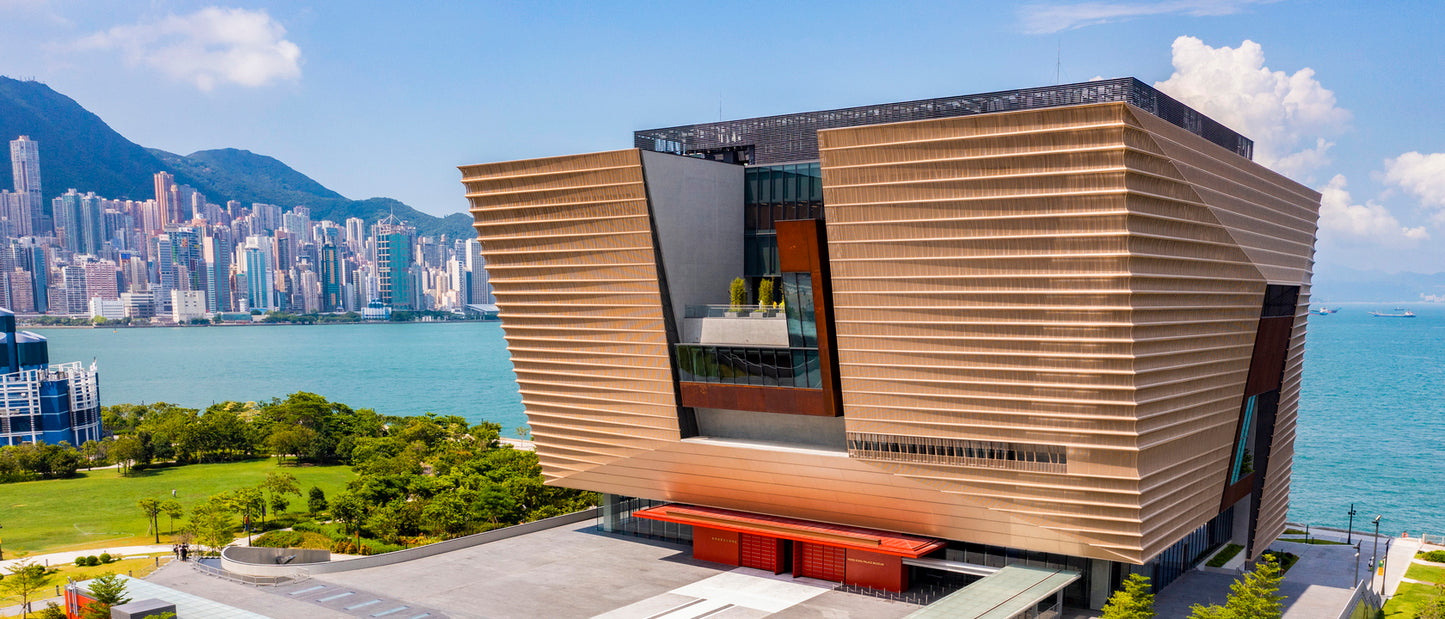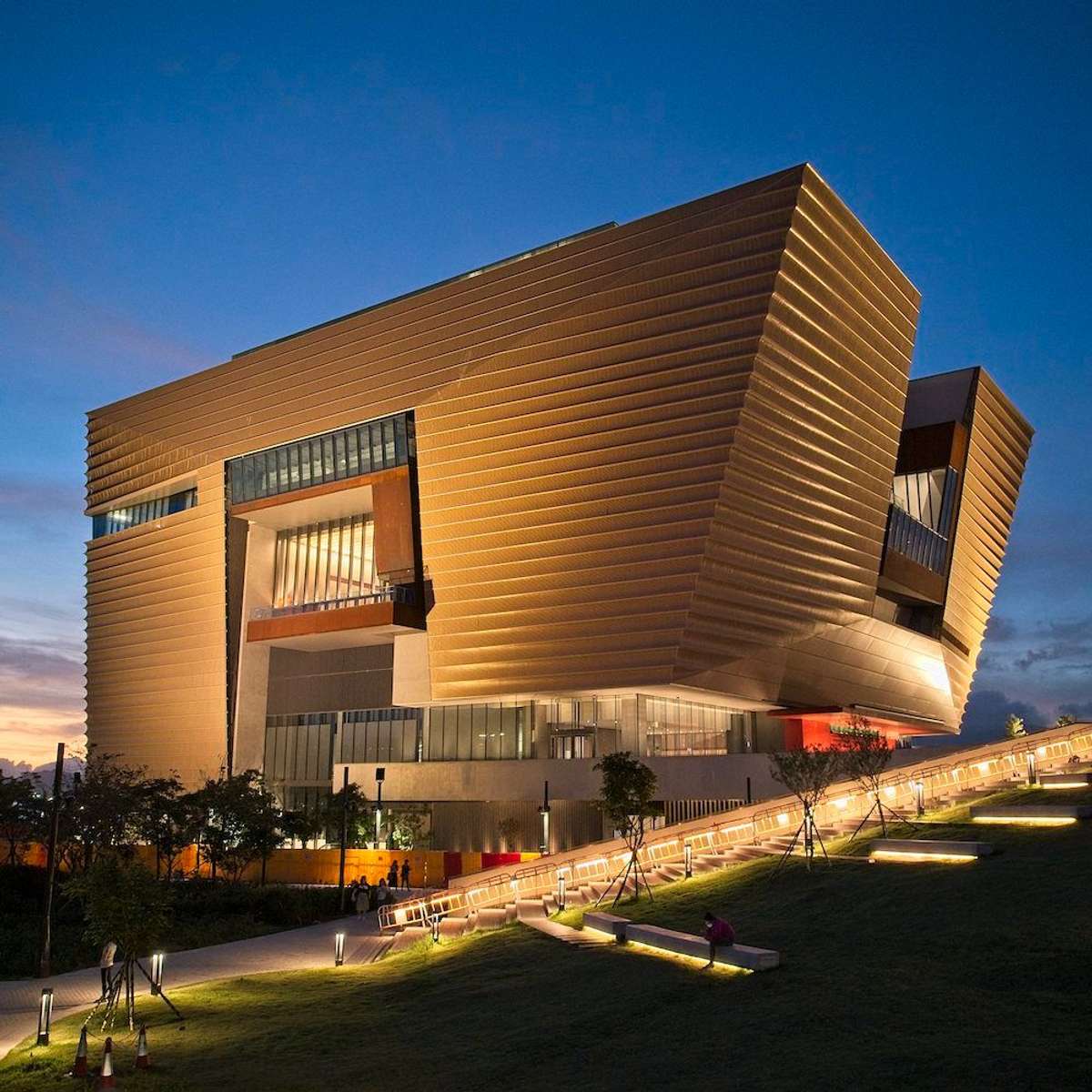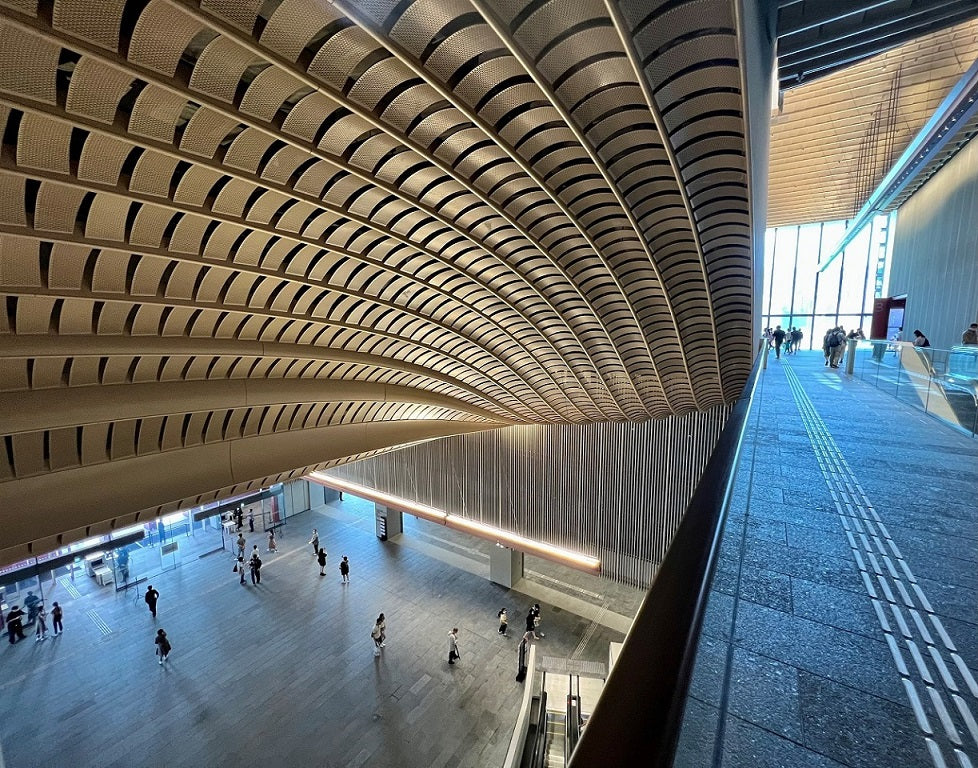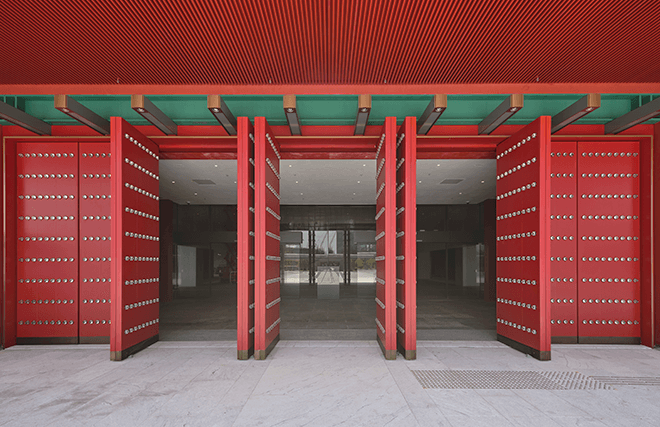Hong Kong Palace Museum
Hong Kong Palace Museum
Couldn't load pickup availability
Current Exhibitions:
https://www.westk.hk/en/venue/hong-kong-palace-museum
—————————————————————————
THE FORBIDDEN CITY AND THE PALACE OF VERSAILLES: CHINA-FRANCE CULTURAL ENCOUNTERS IN THE SEVENTEENTH AND EIGHTEENTH CENTURIES
18.12.2024 – 04.05.2025
In the 17th and 18th centuries, the Forbidden City in China and the Palace of Versailles in France each stood as the centre of their respective countries’ political, cultural, and artistic life. Despite the vast geographic distance between them, the courts in Beijing and Versailles were keenly curious about one another. Led by a number of enlightened rulers and facilitated by travelling French missionaries, China and France embarked on extensive and impactful exchanges.
This special exhibition presents nearly 150 spectacular treasures from the Palace Museum and the Palace of Versailles, illuminating the fascinating encounters and exchanges between China and France in science, artisanship, arts, culture, and philosophy during the 17th and 18th centuries. The objects on display tell stories of the special bonds forged between China and France through mutual admiration and respect, which provided new incentives to expand skills and knowledge and create new art forms. Together, people in China and France created a splendid chapter in the history of world cultural exchange.
Food culture encompasses the sourcing and utilisation of ingredients, the preparation and processing of food, and the consumption of food as well as the customs, etiquette, and ideologies developed around eating and drinking. It touches nearly every aspect of our material and spiritual life. According to anthropological archaeologist Kwang-chih Chang, “one of the best ways of getting to a culture’s heart would be through its stomach.”
Food culture is naturally an important element of the Chinese civilisation. This exhibition invites visitors to enjoy a multicourse feast spanning five thousand years of Chinese history. The first part, “Crossing from Life to Death”, features a ceremonial meal for the deceased. Showcasing ritual and burial objects related to food and drink dated from the Neolithic period (about 10000–2000 BCE) to the Han dynasty (206 BCE–220 CE), this section demonstrates the importance of transferring food and drink to the afterlife in Chinese beliefs. The second section “Crossing Cultures” presents a multicultural banquet, focusing on eating and drinking vessels from the Tang (618–907) to Song (960–1279) periods, such as platters and ewers introduced to China through the Silk Routes. It reveals how China and Central and West Asia embraced each other’s eating practices. The next section “Crossing Mountains and Lakes” exhibits famous scenes of literati gatherings and picnic sets produced in the Ming (1368–1644) and Qing (1644–1911) dynasties, which demonstrates the important role food and drink played at elegant gatherings and excursions. Finally, at the “Crossing Time” multimedia table, visitors are encouraged to find out more about the past and present lives of modern eating and drinking vessels.
The exhibition is jointly organised by the Hong Kong Palace Museum and The Palace Museum. The exhibits mainly come from The Palace Museum and the Hong Kong Palace Museum. The British Museum, the Asian Art Museum of San Francisco, the Cleveland Museum of Art, the Hong Kong Museum of Art, and the Hong Kong Flagstaff House Museum of Tea Ware have also provided a number of loans. The Robert Chang Art Education Charitable Foundation is the exhibition's Supporting Sponsor.
About the Museum
The Hong Kong Palace Museum aspires to become one of the world’s leading cultural institutions committed to the study and appreciation of Chinese art and culture, while advancing dialogue among world civilisations through international partnerships. The Museum is a collaborative project between the West Kowloon Cultural District Authority and the Palace Museum, which is funded by The Hong Kong Jockey Club Charities Trust with a donation of HK$3.5 billion for its establishment, as well as some of the annual exhibitions and education programmes in 2023-2031.
Embracing new curatorial approaches, the Museum offers a Hong Kong perspective and a global vision, presenting the finest objects from the Palace Museum and other important cultural institutions around the world. Through innovative research and travelling exhibitions, as well as educational, cultural, and professional exchange programmes, the Museum builds international partnerships and help position Hong Kong as a hub for art and cultural exchanges between the Mainland China and the rest of the world. As a world-class institution, the Museum is, at heart, a cultural resource that belongs to the community of Hong Kong. And as a dynamic platform, it inspires community engagement, foster dialogue and partnerships, and promote creativity and interdisciplinary collaboration.
Share







